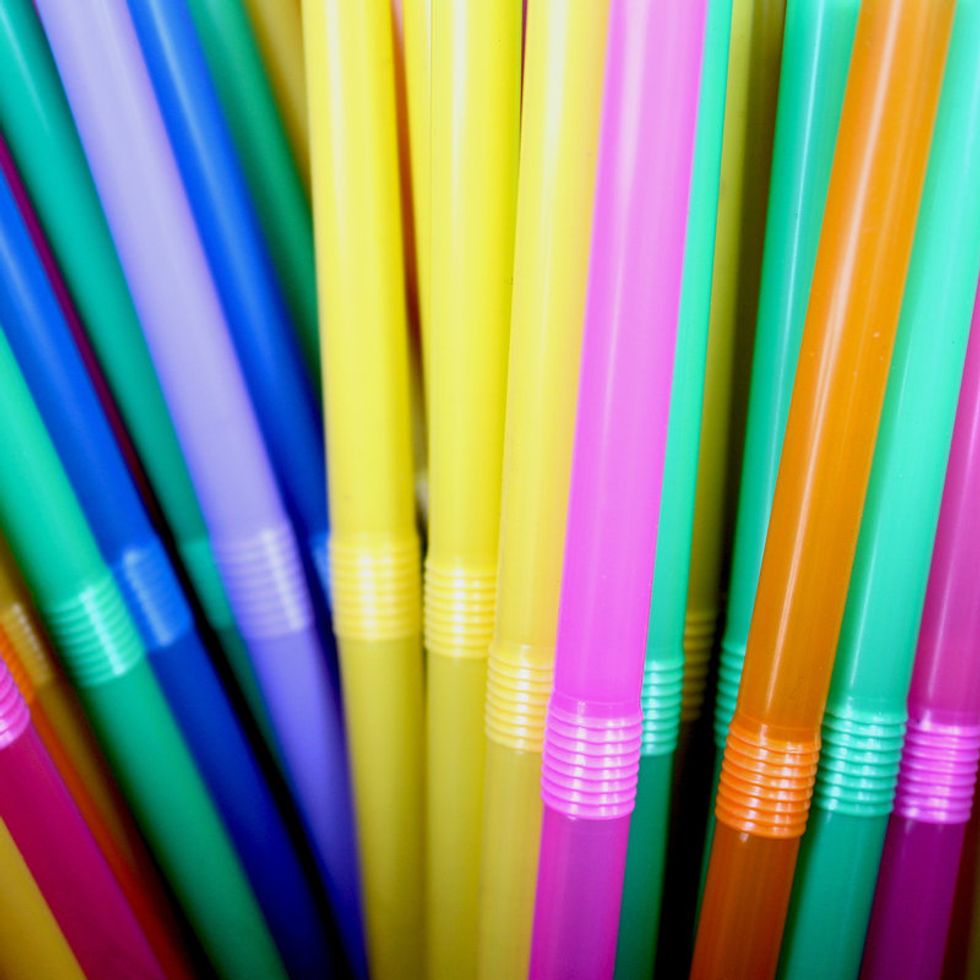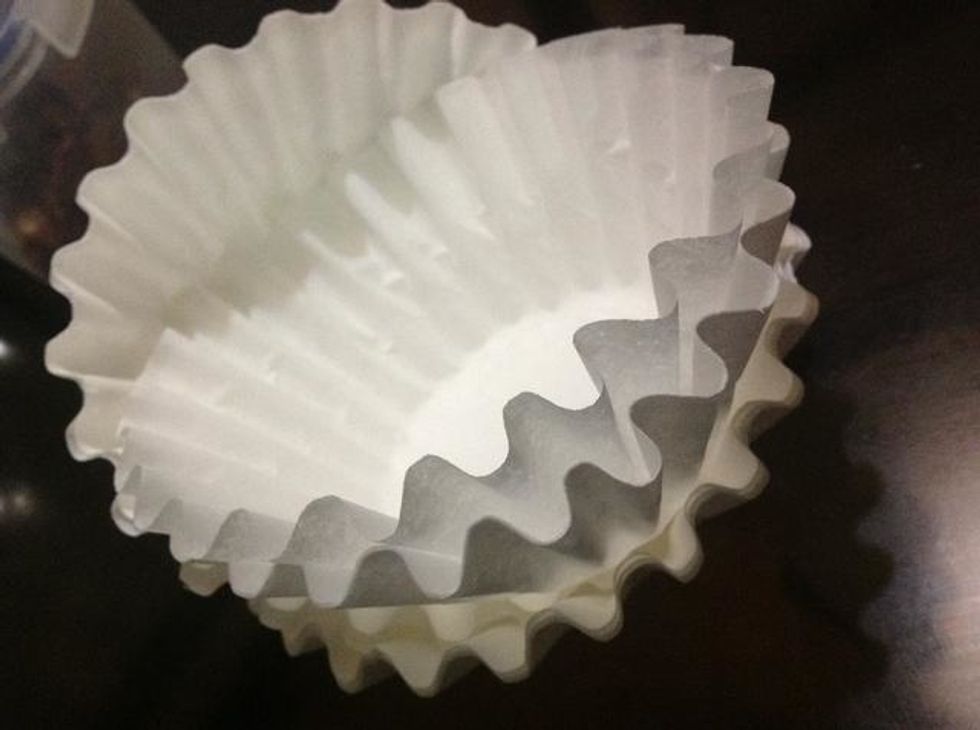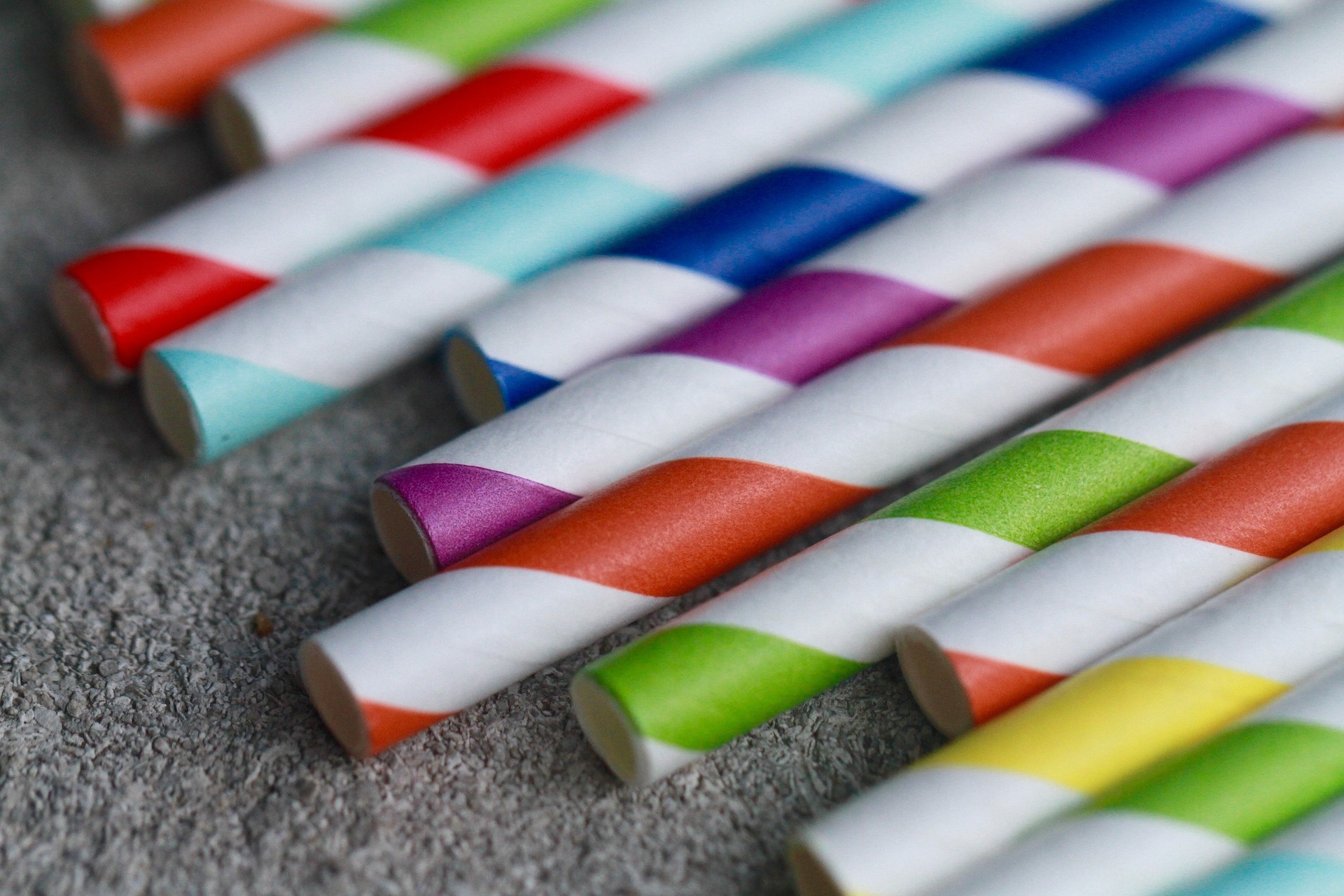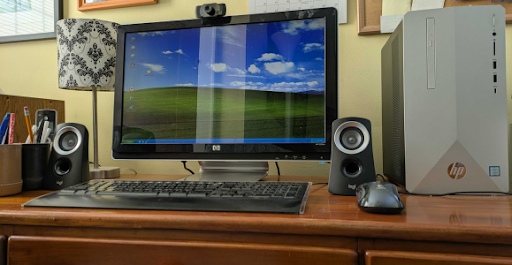As scientists argue about the best ways to preserve the environment and politicians disagree on climate change, you can take control by changing small habits. You don’t have to make drastic or expensive changes to have a big impact on the environment. Consider the following five small things you can do to help save the planet.
 NPR
NPR
1. Skip the plastic straws
If you’ve been paying attention to the plastic straw debate, then you’ve probably seen that Starbucks is getting rid of them. It’s switching to straw-less lids and paper straws, and other companies are either considering making the change or adopting the same policy. For instance: Alaska Airlines and Bon Appétit.
Several cities, states, and countries are also joining the trend. Vancouver is the first major city in Canada to ban plastic straws. In the U.S., Miami Beach and Fort Myers have followed suit. States like California, New York, and Hawaii are also considering the ban. Meanwhile, Taiwan has banned all plastic straws, bags, and other single-use items.
According to Plastic Pollution Coalition, people use 500,000,000 plastic straws in the United States every day. The single-use straws are wasteful and add to the landfill problem. So skip the plastic straw the next time you order coffee or a smoothie. You can also call your local representatives and ask them to support legislation to ban straws.
2. Switch to CFL light bulbs
Changing the light bulbs in your house can be a quick and easy way to help the environment. A compact fluorescent light bulb (CFL) uses 70 percent less energy than an incandescent one. Not only can it help lower your utility bills, it also creates less heat. In addition, CFLs last longer than incandescents, so you’ll be saving money as well.
3. Skip eating meat once a week
No one is forcing you to go completely vegan or vegetarian. Instead, you can still help the environment by not eating meat once a week. You’ll help lower the greenhouse emissions, which currently make up 20 percent of all man-made emissions, created by the meat industry. In addition, you’ll also decrease how much water this industry uses because one pound of meat requires 2,400 gallons of water to get to your table.
Consider taking the meatless Monday pledge. Once a week, make breakfast, lunch, and dinner without any meat. Try an egg omelet for breakfast, get a vegetarian burrito for lunch, and make tofu for dinner.

4. Get rid of bleached coffee filters
If you’re already making coffee at home to help the environment, then you can take it another step by changing the type of filters you use. To make bleached coffee filters, manufacturers use chlorine and other chemicals such as dioxin. Not only are these chemicals bad for your health, they’re also harmful to the environment. The next time you’re shopping for coffee filters, reach for the unbleached ones. Bleached filters are white, while the unbleached versions tend to be brown.
Another option, is to get rid of single-use coffee filters completely. Check to see if your coffeemaker can work with a stainless steel coffee filter.
5. Unplug electronics when they’re not being used
It may seem like a simple change, but unplugging all of your electronics when you’re not using them can have a big impact. It’s estimated that 5 to 10 percent of all energy usage in a typical household comes from electronics being in standby mode, which means they’re plugged in but not used.
For instance, when your MacBook is turned off and charging, it draws 27 Watts of power. Even an HDTV that is off and simply plugged in can draw 1 Watt of power. Don’t leave your chargers, computers, TVs, or other electronics plugged in.
You don’t have to make enormous lifestyle changes to help the environment. Even small steps to lower your consumption and waste can help.





